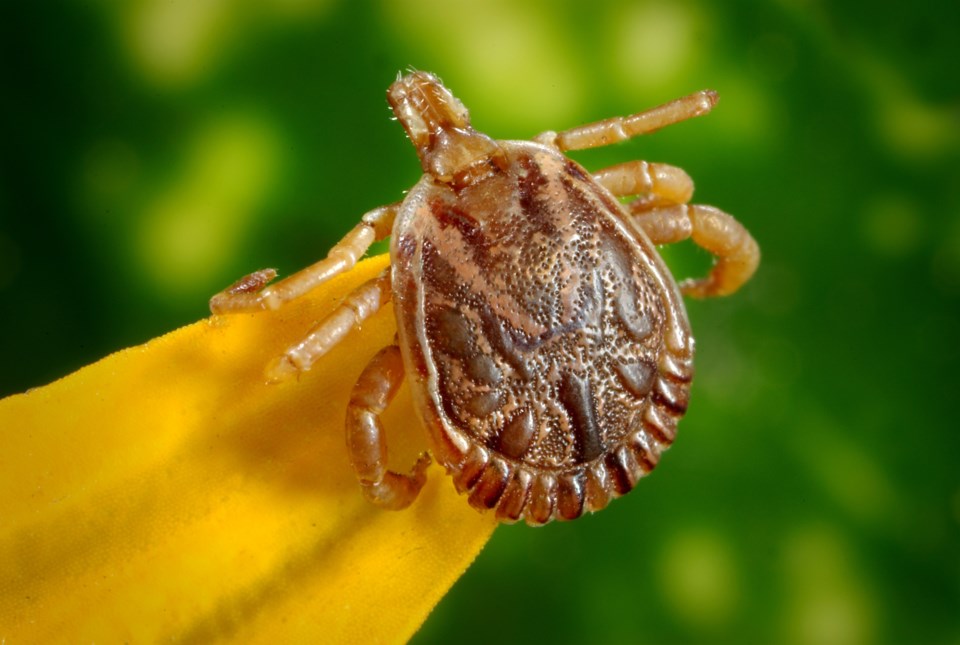��
| Jasdeep Grewal is a Veterinarian with �ϰ������ϲʿ�����¼����’ Alpenlofts Veterinary Hospital |
Although pets can’t spread Lyme disease directly to humans, they can carry infected ticks into your home or yard. Regular tick checks and prompt tick removal are just as important for pets as for people.
Sore muscles and joints are the most common symptom of Lyme disease in pets. Some animals may develop a fever or fatigue.
Dogs can be vaccinated against Lyme disease, but the vaccine is relatively new and somewhat controversial.
Most veterinarians only recommend vaccinating dogs that live in tick-infested areas, such as in the Sea to Sky Corridor.
Common symptoms include: arthritis (sudden lameness), pain, fever, lack of appetite, dehydration, inactivity and swollen lymph nodes and joints.
Lyme disease in cats is rare, but not unheard-of. In most cases, Lyme is diagnosed only when an infected-tick is discovered.
Talk to your veterinarian about tick prevention or if you think your pet has Lyme disease.
The disease is spread by the bite of infected blacklegged ticks. These ticks are often found in and near areas with trees, shrubs, tall grass or piles of leaves.
Generally, people are infected through the bite of immature ticks called nymphs that are about the size of a poppy seed. Adult ticks (about the size of a sesame seed) can also transmit Lyme disease. Ticks are very small and their bites are usually painless, so you may not know you’ve been bitten.
Although you’re most likely to contract Lyme disease from May through September, it’s possible to be infected year-round — especially if you live in a high-risk area. Infection rates increase in the spring and summer months because the major species of Borrelia-infected ticks are in their nymphal stage, and harder to see.
Once a tick is infected with Borrelia, it remains a carrier until it dies.
What can be done?
*���� Use bug spray (always follow directions).
*���� Wear closed-toe shoes, long sleeves and pants.
*�� Tuck your shirt into your pants, and your pants into your socks.
*�� Walk on paths.
*�� Get into the habit of doing a daily full-body tick check on yourself, your children, your pets and your gear.
*�� Shower or bathe within two hours of being outdoors.
*�� Put your clothes in a dryer on high heat for at least 10 minutes.
��
What should you do if you’re bitten?
*�� Use clean tweezers to immediately remove attached ticks:
*�� Grasp the tick’s head as close to your skin as possible.
*�� Slowly pull it straight out.
*�� If parts of the tick’s mouth break off and remain in your skin, remove them with the tweezers.
*�� If you can’t remove the mouthparts, leave them alone, and let your skin heal.
*�� Wash the bite area thoroughly with soap and water or an alcohol-based sanitizer.
*�� Keep the tick in a closed container and bring it with you when you go see your health care provider.
Early detection is key.
Contact your healthcare provider if you’re not feeling well or are concerned after being bitten by a tick.
��
***Please note this story has been updated as of 10:26 a.m. June 20.




